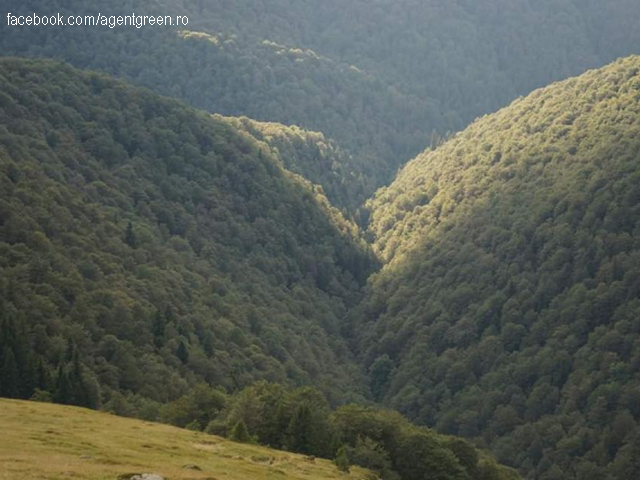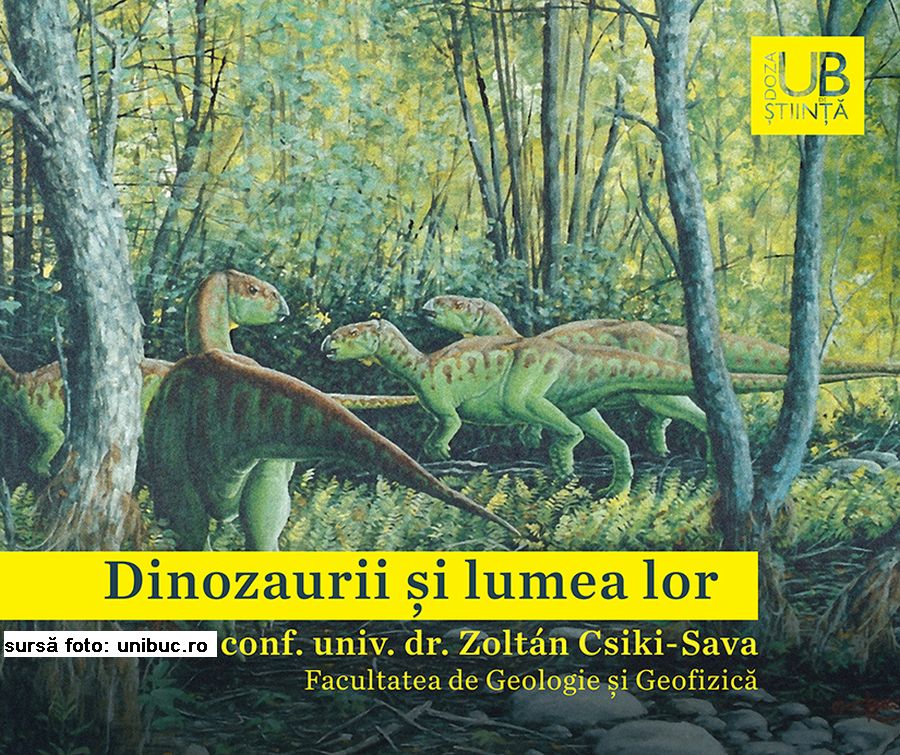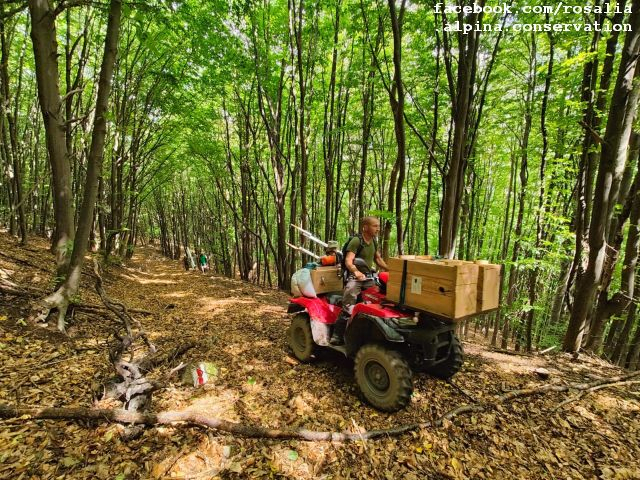The Second Cycle of the National Forest Inventory
The results show a disconcerting drop in Romania's forested areas

România Internațional, 22.02.2019, 13:12
The second cycle of the
National Forest Inventory (NFI), started in 2013 came to a close and the
results were made public in the late 2018. The National Forest Inventory is a
rolling program designed to provide detailed information on the size,
distribution and composition of Romania’s forests and woodlands. It shows what
Romania’s woodlands and tree coverage outside woodlands are like today. A cycle
of the NFI spans five years. According to the recently released results, beech
is the main tree species which grows in Romania’s forests, accounting for 31%
of Romania’s tree coverage. It is followed by resinous trees (spruce, fir and
pine), which account for 26%, various deciduous, hard wood species (hornbeam,
acacia ash and maple) and oak species which account for 1%.
Then comes the group of various
species of soft hardwood, which includes lime trees, poplars, willows etc and accounts
for 7% of the forest. Studies show that most of the forest area, 20% of it, is
in the third group of age (over 50) and only 10% of the forests are in the
sixth group (100-120) years, which can be mostly found on protected areas.
The overall conclusion drawn after
the National Forest Inventory figures were made public is that forests are in a
good condition, says Cătălin Tobescu, CEO of Fordaq Romania:
First and foremost, forests and
woodlands cover a larger area now, more specifically another 7 million hectares
are now covered by forests. It is important that we register higher figures
than five years ago, when the last measurements were made. Secondly, apart from
the forests included in the national forest fund, we have tree coverage outside
woodlands, outside the forest fund, such as tree bordered meadows, pastures,
forest clearings, tree lines along rivers, parks, all sorts of areas covered by
trees, with a total surface of 500,000 hectares. Subsequently, the tree coverage
is exceeding the initial estimates. So, there are 0.35 hectares per capita,
above the European average, although it was initially believed Romania was below
this average. This survey also shows that barren plots of land included in the
forest fund, where there is no forest regeneration, cover only 56,000 hectares.
This means that only 1% of forests and woodlands are not covered by trees and
where we can’t speak of natural forest regeneration. The figure is important because
there has been much talk over the past 20 years about deforestation works and
the disappearance of forests. Previous figures are now contradicted by the new
NFI results. And what’s more, the Inventory shows that the volume of wood mass
in forests has increased since the last measurements were made, that is during
a five year time span. This means we cut less than the forest can regenerate
itself naturally, and we can speak of sustainable forest exploitation. In a
nutshell, we exploit some 60% of forest growth.
In
another development, environmental organizations have voiced concern over the
second NFI cycle arguing that illegal deforestations have exceeded legal ones,
set at 18 million cubic meters a year. By and large over 80 million of cubic
meters of wood have been stolen so far (20.6% a year) and the NFI has failed to
signal this situation. This quantity represents the equivalent of a surface of
242,352 hectares of forest, which vanished between 2013 and 2018. Here is Agent
Green investigation director Andrei Ciurcanu with more on this issue.
We have information that they are trying
to conceal or avoid publishing certain NFI data. We got information on the wood
quantity measured in the first NFI cycle, which was nowhere to be found in the
second cycle; a staggering 38.6 million cubic meters per year. We have published
an open letter, handed it over to the country’s president and to the Ministry
of Waters and Forests asking a legitimate question: if the annual quantity of
wood that vanished stands at 38.6 million cubic meters and Romania annually
exploits 18 million cubic meters, where is the difference of 20 million cubic
meters. As these 20 million cubic meters fail to appear in the records, our
logical conclusion is they have been exploited illegally.
Activists
believe that these figures are all the more disquieting as the first cycle
revealed that between 2008-2012 illegal deforestation stood at 8.8 million
cubic meters, 234% less than the quantity reported in the second NFI cycle.
In
November last year, Agent Green, Romania’s main environmental organization,
published a report on the exploitation of the country’s old-growth forests.
According to the report, thousands of hectares of virgin forests decay
irreversibly on a yearly basis. Many of these forests have been included in the
Natura 2000 network, an area currently under protection at European level. In
the past five years Romania has lost through exploitation the equivalent of 36
hundred hectares of old-growth forest. The most affected parks are Calimani,
Domogled-Valea Cernei and Semenic – Cheile Carasului, which are home to beech
forests part of the UNESCO heritage list as well as Europe’s largest beech-tree
reserve at the Nera Springs. Conservationists have even called on the European
Commission to intervene for the preservation of Romania’s protected areas.
According
to the NFI, 29.55% of Romania’s total surface is covered by forests, below the
European average of 32.4%.






























